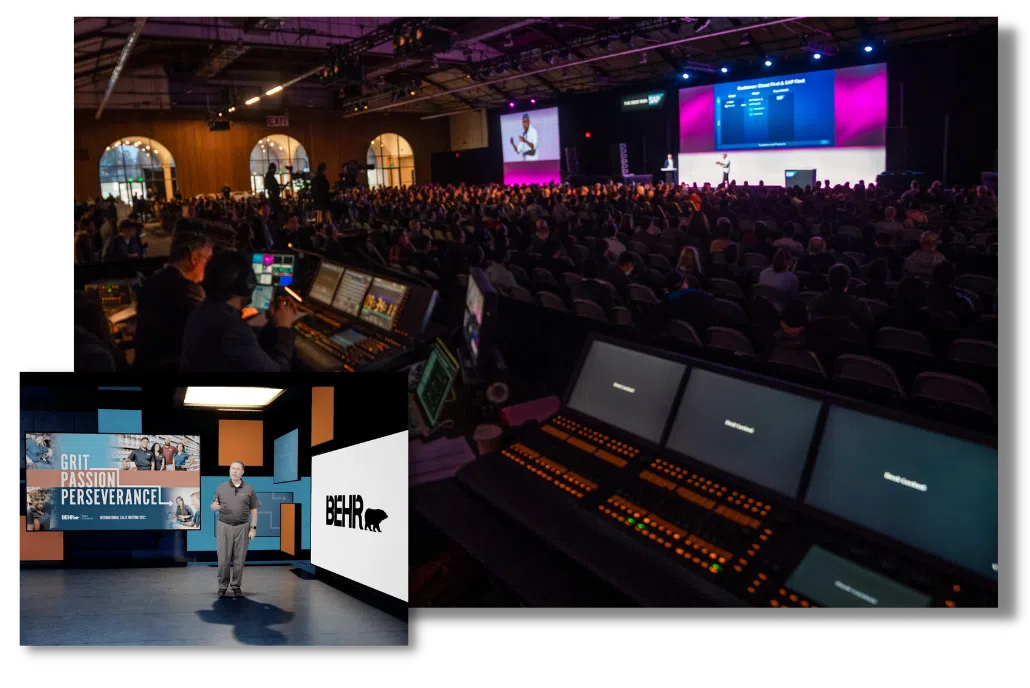Perfecting the Art of Flawless Video Projection on Curved LED Monitors for Stunning Graphic Experiences
Perfecting the Art of Flawless Video Projection on Curved LED Monitors for Stunning Graphic Experiences
Blog Article
Video mapping is an innovative technique that allows images and videos to be projected onto areas, creating breathtaking aesthetic encounters. When it comes to rounded surfaces, mastering this craft can be a bit more difficult than casting onto flat surfaces. Rounded surfaces can encompass anything from the sides of buildings to art pieces and even stages. Understanding how to efficiently project videos onto these forms is crucial for artists, design professionals, and occasion planners who want to develop engaging environments that captivate audiences.
The initial phase in video projection on curved surfaces is to understand the geometry of the area. Curved surfaces can be complex, with different degrees of bend. To attain a seamless display, it is vital to create a 3D model of the surface. This representation helps in imagining how the video will look when cast. Software tools are available that permit users to create these representations and mimic the projection. By accurately aligning the measurements and shapes of the area, designers can ensure that the video aligns perfectly without warping.
Once the 3D model is ready, the following phase is to prepare the video content. This includes modifying the footage to fit the specific shape and dimensions of the rounded surface. It is crucial to consider the perspectives and sightlines from which the audience will observe the display. The material should be crafted to improve the visual experience, making it engaging and relevant to the theme of the event or setup. Using premium graphics and animations can greatly enhance the overall impact of the projection.
After editing the material, the actual display process starts. This involves setting up the devices at the appropriate angles and distances to guarantee that the footage matches with led wall display color accuracy the 3D model. Calibration is a crucial part of this procedure. It may necessitate adjusting the luminosity, contrast, and sharpness of the projectors to achieve the optimal results. Additionally, using several projectors may be necessary to encompass bigger or more complex areas. This technique, known as seamless projection, helps create a continuous visual across the entire surface.
Ultimately, trialing the projection is crucial before the conclusive presentation. This allows designers to make any necessary adjustments to the footage and projector settings. It is also an chance to see how the audience will experience the display from different perspectives. By confirming that the footage projection is perfect, creators can deliver a remarkable visual experience that creates a lasting impression. Perfecting footage mapping on rounded areas not only enhances creative output but also creates new possibilities for storytelling and audience engagement in multiple settings.